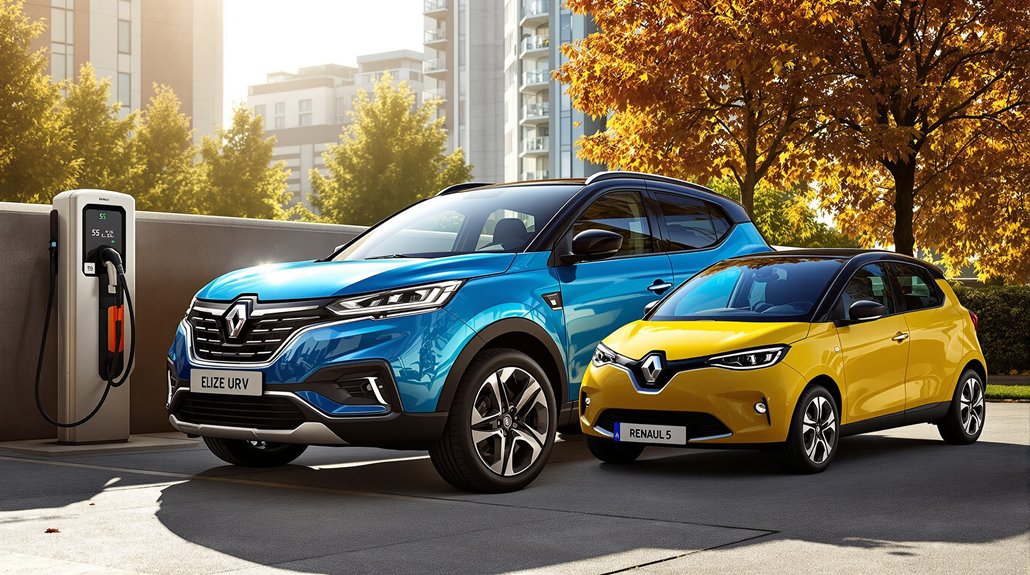Why are lithium-ion battery fires surging across the United Kingdom at an alarming rate? Recent data reveals a staggering 93% increase in lithium-ion battery fire incidents between 2022 and 2024, with fire brigades now responding to more than three such fires daily. The total has jumped from 690 incidents in 2022 to 1,330 in 2024, according to Freedom of Information data collected in March 2025.
London stands as the epicenter of this growing crisis, accounting for 407 battery fires in 2024—more than four times the figure of any other UK region. Greater Manchester and West Yorkshire follow distantly with 100 and 94 incidents respectively. I’ve analyzed the distribution patterns, and London‘s 31% share of all UK battery fires signals a concentration of risk factors in dense urban environments.
E-bikes represent the most problematic category, linked to 362 incidents (27% of all battery fires) in 2024, double the number from 2022. Electric vehicles aren’t far behind, with car fires increasing 77% to 232 cases. E-scooters and mobility scooters have similarly shown concerning upward trajectories, rising 32% and 20% respectively. London alone experienced nearly half of the nation’s e-bike fires with 178 reported incidents in 2024.
The fundamental risk mechanism, thermal runaway, makes these fires particularly dangerous. These batteries ignite faster and burn hotter than standard fires, often requiring ten times more water to extinguish. The most common locations for these destructive incidents are residential properties, highlighting the danger to everyday citizens. Physical damage, manufacturing defects, and improper charging represent the primary triggers for these incidents.
Regulatory responses are struggling to keep pace with this rapidly evolving threat. The Product Regulation and Metrology Bill currently under parliamentary review and the government’s “Buy Safe, Be Safe” campaign demonstrate growing official concern, but more thorough measures are needed.
For homeowners and businesses, the implications are serious. These unpredictable fires pose significant property risks, yet public awareness remains surprisingly low. The Battery Management System plays a crucial role in preventing these incidents by monitoring cell temperature and voltage levels. The insurance industry has taken notice, with companies like QBE highlighting the escalating danger.
Without improved safety standards and consumer education, this upward trend in battery fires seems destined to continue.








